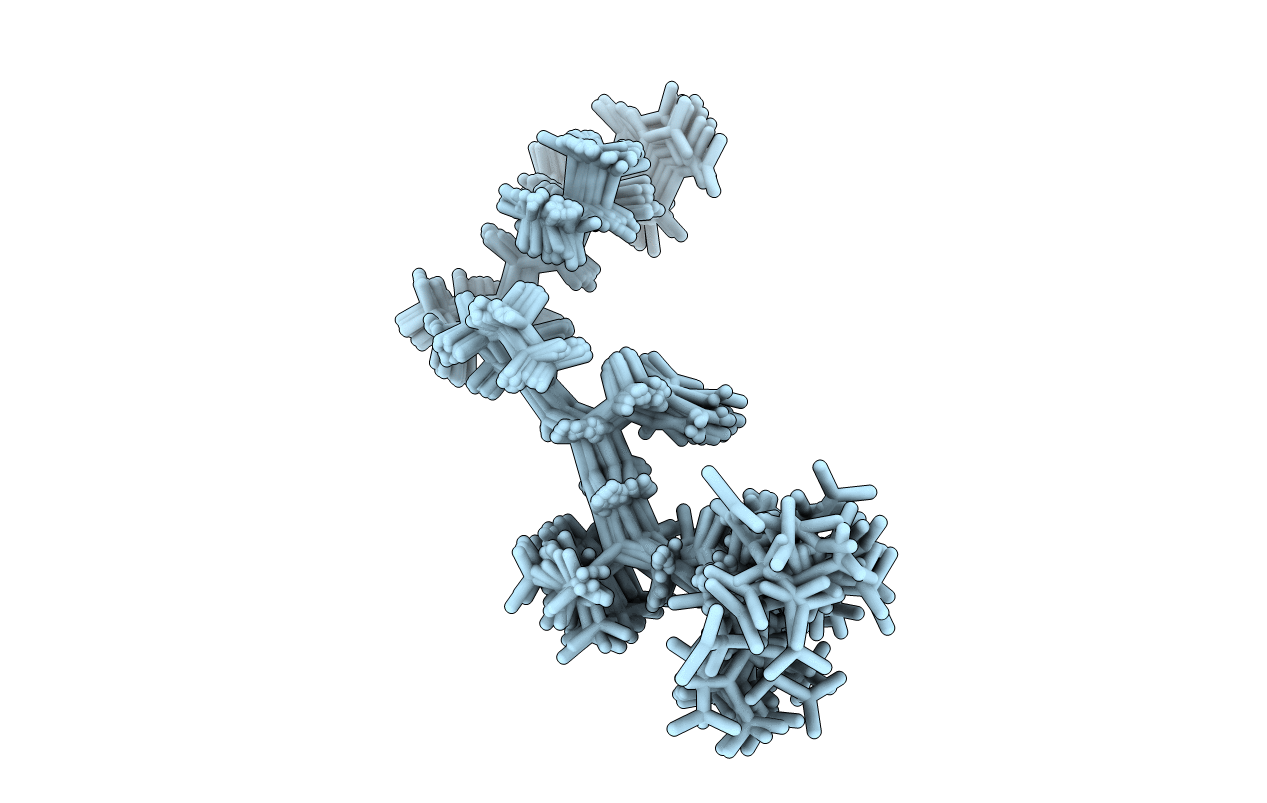
Deposition Date
2019-04-04
Release Date
2019-06-19
Last Version Date
2024-10-16
Entry Detail
PDB ID:
6R9Z
Keywords:
Title:
3D NMR solution structure of ligand peptide (Ac)EVNPPVP of Pro-Pro endopeptidase-1
Biological Source:
Source Organism:
Clostridioides difficile (Taxon ID: 1496)
Method Details:
Experimental Method:
Conformers Calculated:
100
Conformers Submitted:
20
Selection Criteria:
structures with the lowest energy


